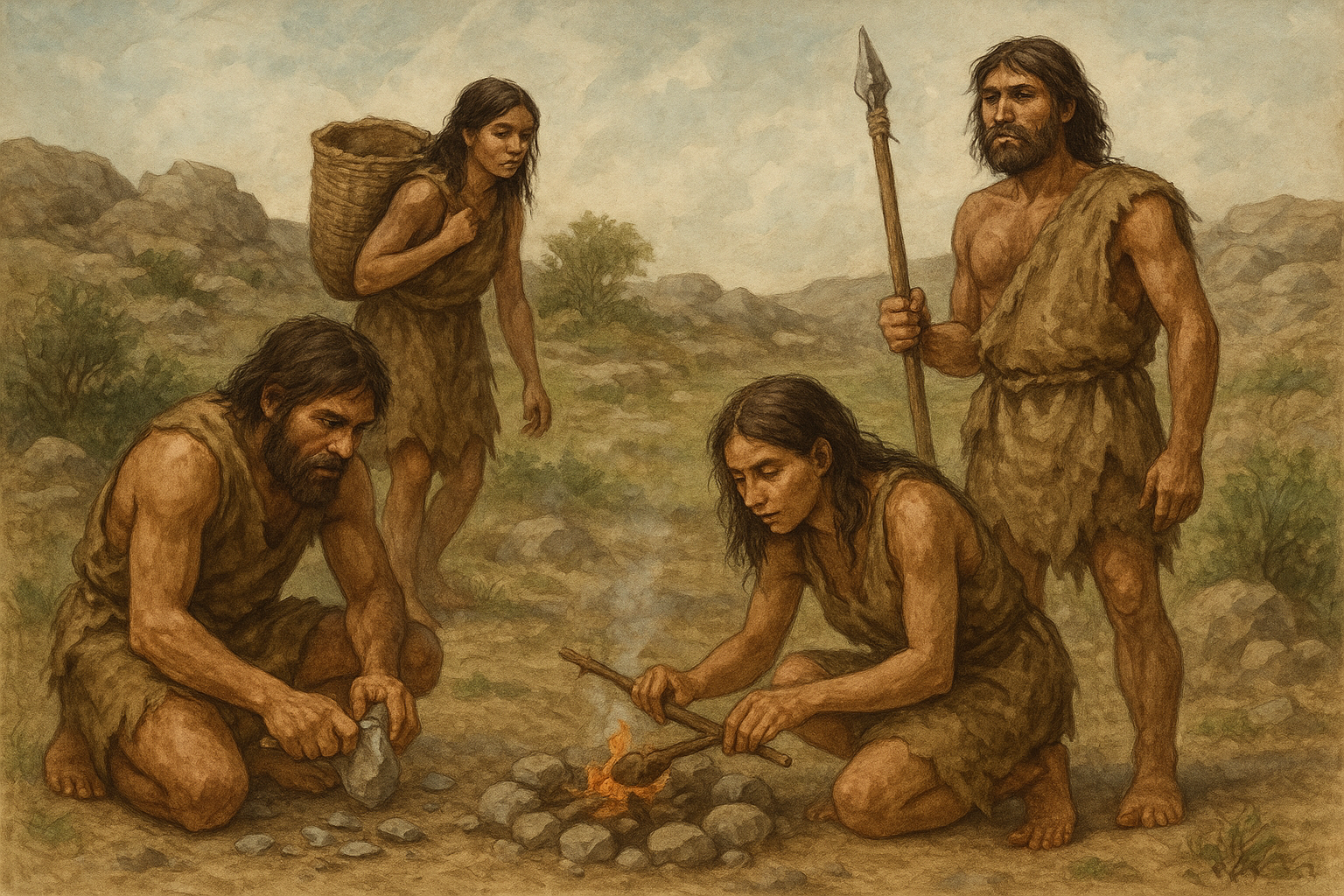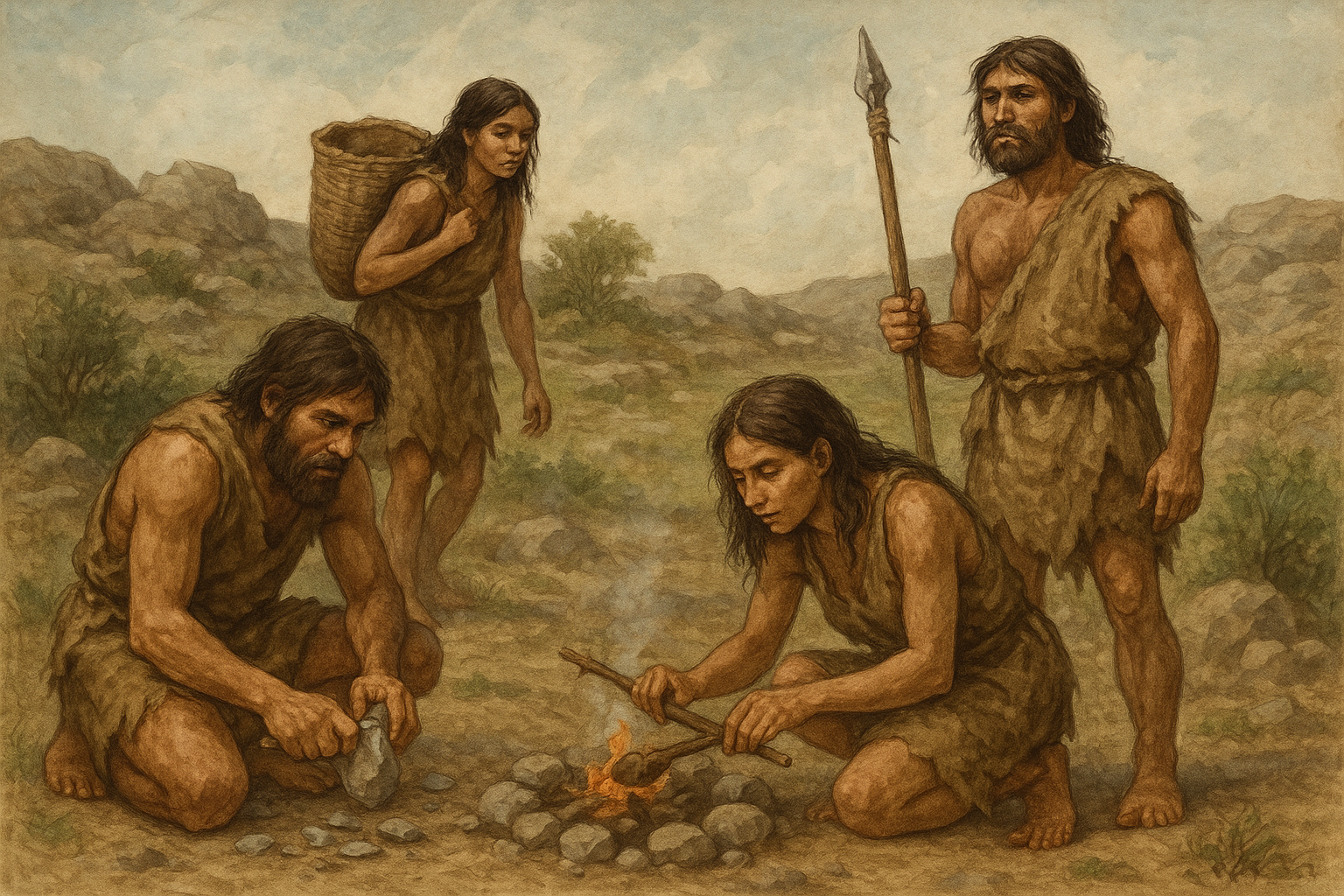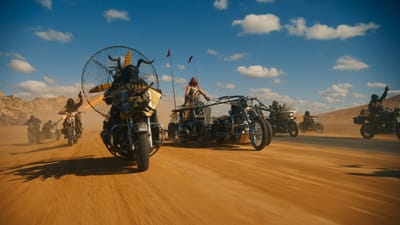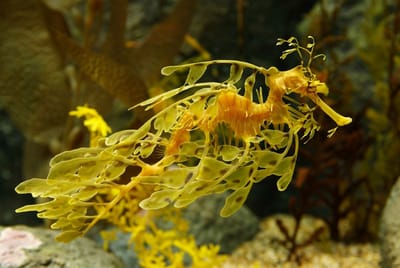TWIL #37: From Stone Age to Green Energy

Every Sunday, I share a few of my learnings, reflections, and curiosities from the week. Things I stumbled upon, things I questioned, things that made me look twice. It’s not about being right or complete… it’s about noticing, wondering, and learning out loud.
Thanks for reading. I hope it sparks something for you too.
Layers beneath our feet
I just learned new stuff about the Stone Age!
During a project meeting for a new park, someone mentioned that the site might date back to the Mesolithic or even Neolithic period. I nodded along, pretending I knew exactly what that meant… while in the meantime Googling the terms.
It turns out the Stone Age isn’t one single chapter, but an entire saga of human evolution: stretching over two and a half million years, divided into three main periods: the Paleolithic, the Mesolithic, and the Neolithic.

The Paleolithic — Old Stone Age (around 2.6 million – 10,000 BCE)
This is where it all began. Humans were nomads, living by hunting, fishing, and gathering. They made tools by chipping flint, built fires, painted animals on cave walls, and buried their dead with care. Art and imagination appear here for the first time. A sign that survival alone was no longer enough. This period lasted astonishingly long: from the first stone tools until about 10,000 BCE.
The Mesolithic — Middle Stone Age (around 10,000 – 6,000 BCE)
A shorter, often overlooked bridge between old and new. The Ice Age was ending, landscapes were changing, and humans adapted. They made microliths, tiny, precise blades, and built small seasonal camps near rivers and coasts. They began to stay longer in one place, to fish, to store food. The seeds of settlement, and of society, were being sown.

The Neolithic — New Stone Age (around 6,000 – 2,000 BCE)
Then came the real turning point. Humans learned to farm. They domesticated animals, built permanent houses, and created pottery and textiles. Agriculture meant surplus, surplus meant community, and community meant complexity… rituals, trade, ownership, and eventually, writing. The Neolithic is when we stopped wandering and started shaping the world around us.
So when they spoke in that meeting about the Neolithic layers beneath the site, I suddenly saw it differently. Not just as archaeology, but as a story of transformation.
We’ve always built new worlds on top of old ones. Maybe this new park will become another layer: a place where we remember that the ground beneath us still holds the echo of who we once were.
Oh and during my research I came across Haeckel’s Paleontological Tree of Vertebrates (c. 1879). I love it!

Spies, doubles, and the curious business of pretending
I was watching the Norwegian movie Nr 24 the other night: a quiet, tense story about resistance and betrayal during World War II. Somewhere halfway through, a thought slipped in: Were there German spies in the US or the UK?
So I went digging. Here are some stories that stuck.
1. Operation Pastorius (1942) – The Men Who Came by U-boat

Eight German agents landed in the United States, some on Long Island, others in Florida, armed with cash, explosives, and orders to blow up factories and railways. Within weeks, the whole operation fell apart — not because of the FBI’s brilliance, but because one of them panicked, confessed, and turned the rest in. Six were executed. It was Germany’s most spectacular failure on American soil.
2. The Duquesne Spy Ring – America’s Hidden Network

Before America entered the war, a South African adventurer named Frederick “Fritz” Duquesne led a network of 33 spies passing information about ships, weapons, and technology to Germany. The FBI patiently watched them for years. When the ring finally collapsed in 1941, it was the largest espionage case in U.S. history.
3. Agent GARBO – The Man Who Fooled Hitler
Juan Pujol García, a Spanish nobody with a genius for invention, offered his services to both sides… and somehow became the most successful double agent in the war. He built a fake network of 27 imaginary spies, sending reports so convincing that the Germans awarded him the Iron Cross. His disinformation helped mislead Hitler about the D-Day invasion.
When the tide turns
This week I read something that made me stop scrolling. For the first time in history, the world now produces more electricity from clean sources than from fossil fuels.
Think about that for a moment. For more than a century, our lights, machines, and cities were powered by what we pulled from beneath the ground: coal, oil, gas. And now, quietly, the balance has shifted toward what comes from above: sun, wind, and water.
It’s one of those turning points that doesn’t make much noise. No fireworks, no parades. Just data, graphs, and engineers quietly doing the impossible.
A few things I learned while reading about it:
- China produces more solar energy than any other country and builds more every year than the rest of the world combined.
- Coal generation dropped (about 0.6%), and gas declined slightly as well. Fossil generation overall dipped by ~0.3%. The declines are modest… but in a system built around increasing fossil use for 100+ years, even a small reversal is meaningful.
- Region makes all the difference — It’s not uniform. In China and India, clean energy growth outpaced demand, and fossil generation actually fell. But in parts of Europe and the U.S., fossil generation rose.
- Cost dynamics are doing the heavy lifting — A big reason renewables are winning this moment is cost. Over 90% of new renewable projects now cost less to build than the cheapest fossil alternatives. Wind projects are often over 50% cheaper; solar is up to 40% cheaper.
I find that extraordinary. We’re watching an ancient story flip its script.
For two centuries, industrial progress meant smoke, steam, and extraction. Now, it’s starting to mean silence: spinning blades, glowing panels, invisible electrons moving through air.
It’s not the end of the problem. Far from it. But it feels like the first real step into a new era, one where the future no longer smells like oil.
That was it for this week! Wishing you all the best!





